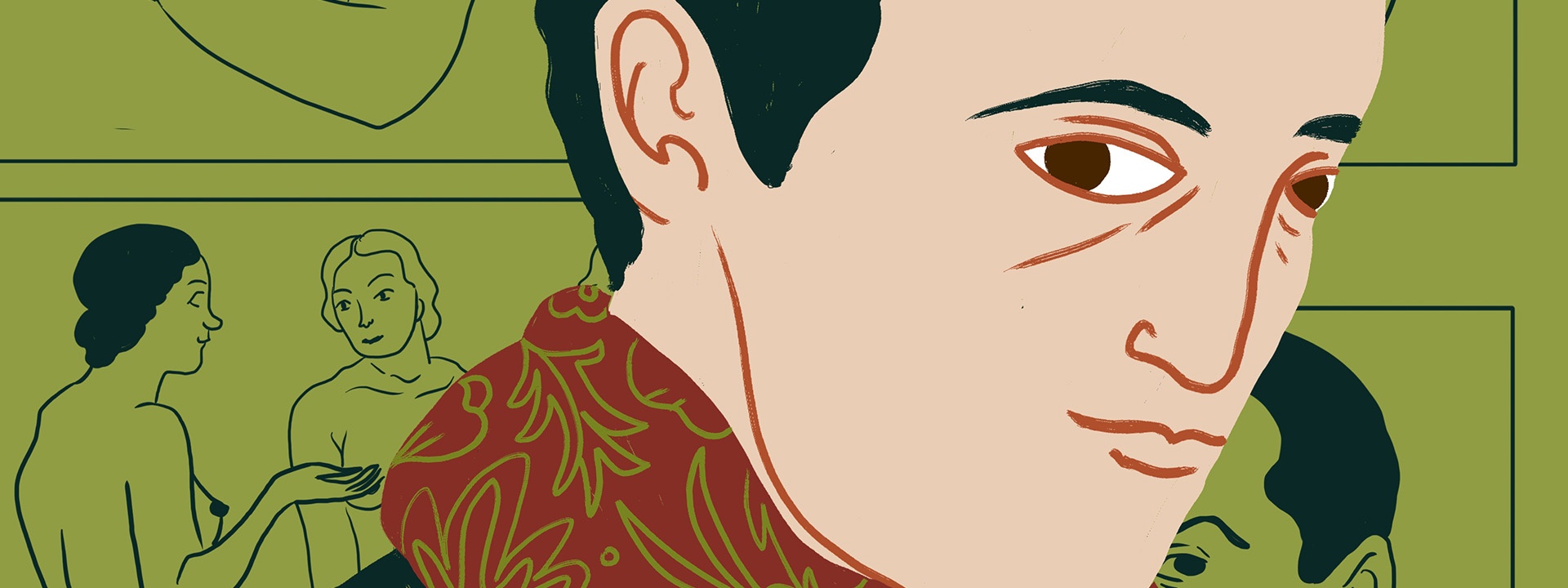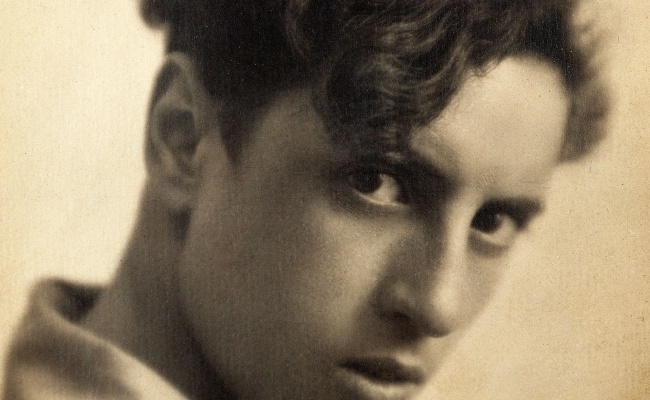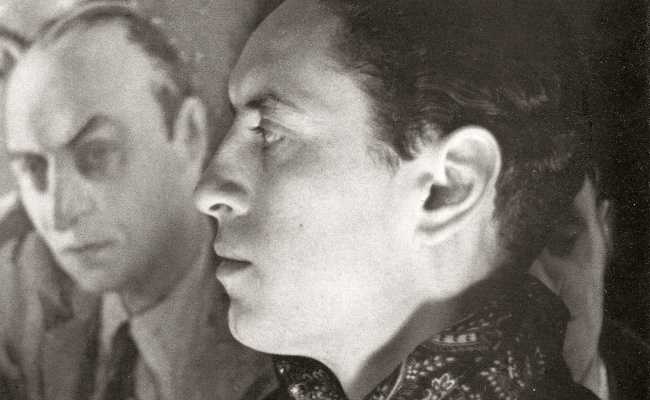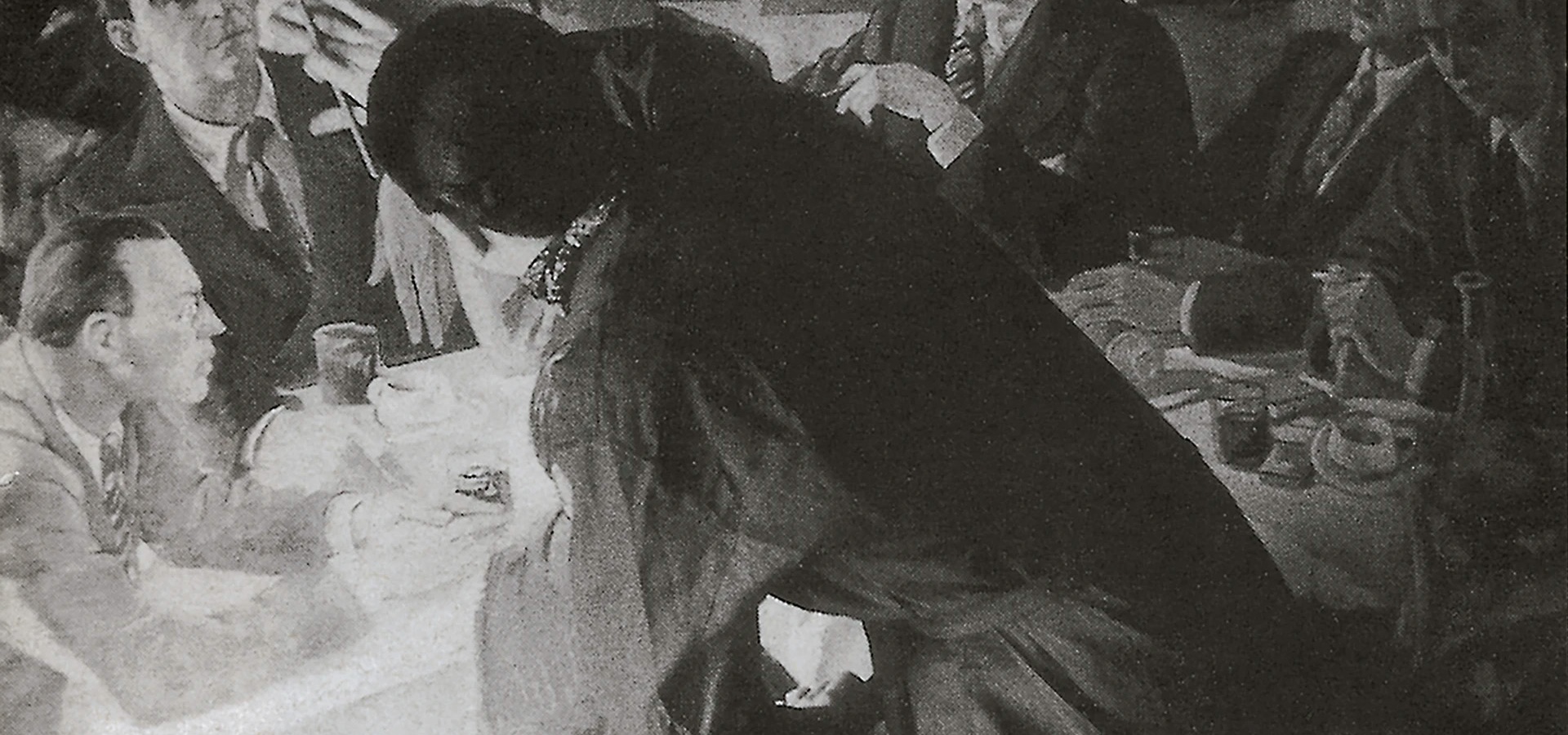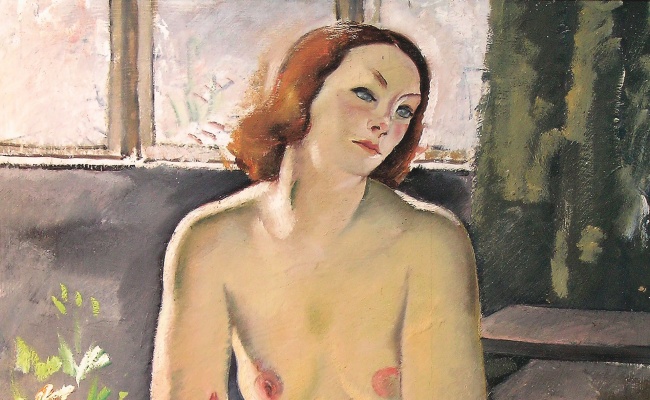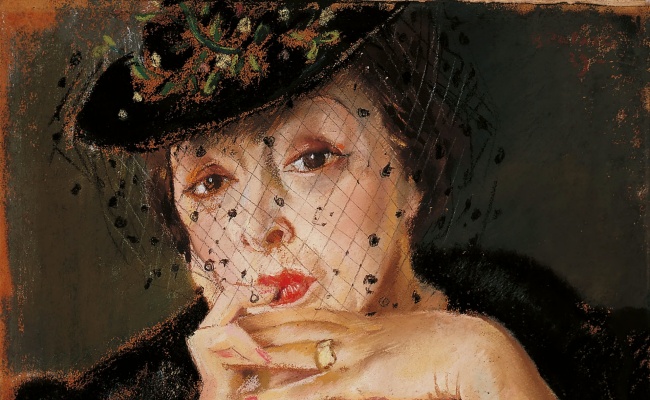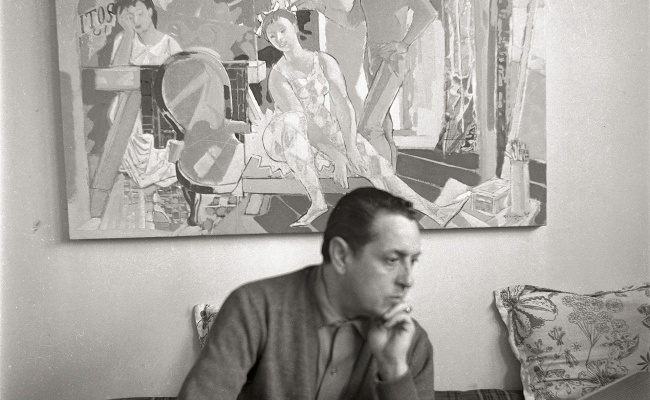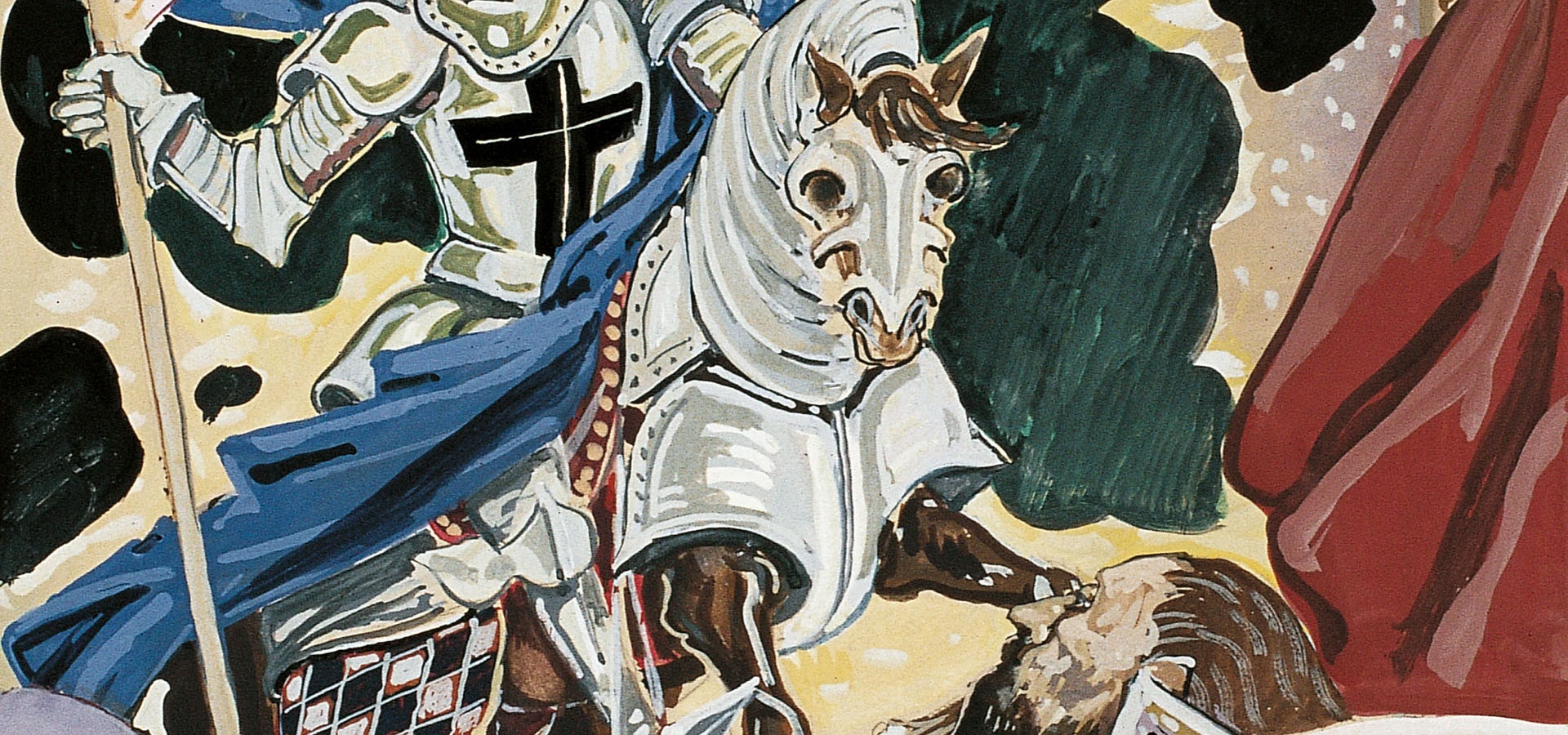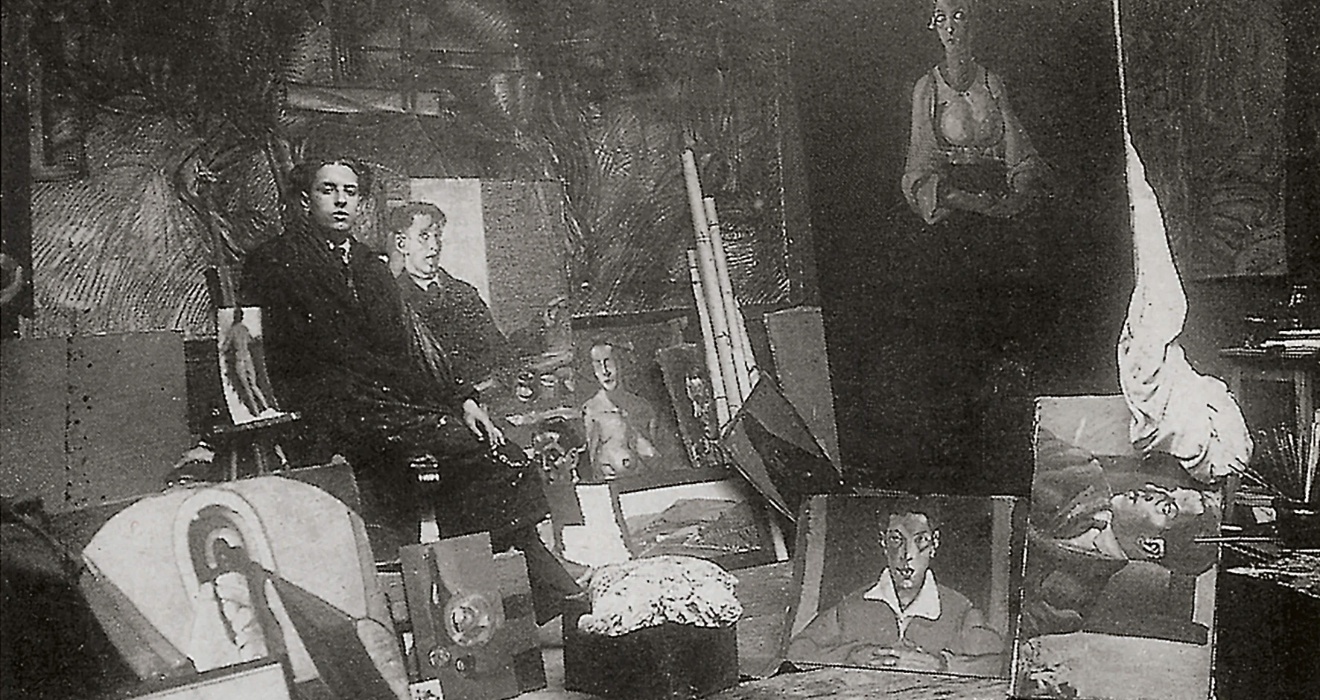Bernardino Palazzi (b. Nuoro, 22 December 1907–d. Rome, 13 November 1986) was an Italian painter.
Bernardino Palazzi
Description
He developed a passion for art at an early age alongside Giovanni Ciusa Romagna and when he was just fourteen years old moved to Rome, and then Florence and Padua, to study and cultivate his passion. He debuted as an artist in Pesaro in 1925 and subsequently participated in the Venice Biennale for many years.
Despite critics who often viewed his poetics as ‘uncommitted’, Palazzzi was an independent, cultured artist influenced by painters like Ingres, Cézanne and Matisse. His life was considered lucky and lacking in any real concerns, but his work was appreciated and admired on the Italian art scene.
However, Palazzi’s preference was for the subdued allure of everyday middle-class life and explicit nudes, depicted in paintings, drawings and photographs in his personal archive. His primary muse was his wife, Maray Abbove, but he also portrayed such luminaries as Arturo Toscanini.
He was very active on the national and international art scenes, participating regularly in the Rome Quadiennale and displaying his work in Munich, Vienna and Biella. He also worked as an illustrator for major Italian publications. His love for Sardinia was reflected in works that he presented to acclaim in Paris and in specific works devoted to the culture and history of the island.
A fervent supporter of art that transports the imagination to distant, sometimes unreal worlds, he created two series of extraordinary illustrations: one for Casanova’s Storia della mia vita (Story of My Life) and the other for Tasso’s La Gerusalemme liberata (Jerusalem Delivered). These works reveal his visionary talent, refined line and lively use of colour. Treating themes like knights, weapons and amorous passions, these illustrations summarise the main elements of his life and art.
 Nuorese Cultural District
Nuorese Cultural District